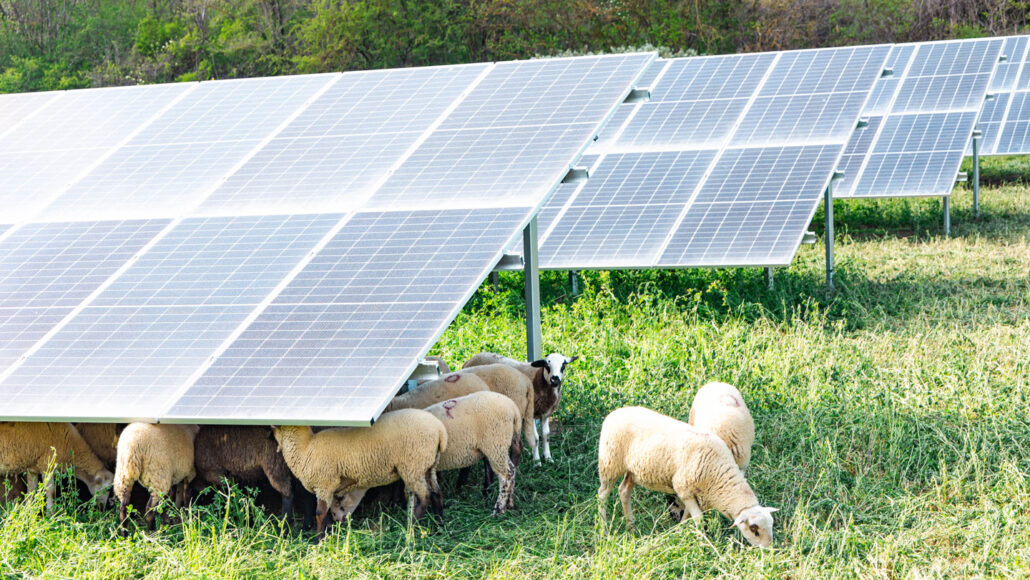
Tech
Scientists Say: Agrivoltaics
This win-win technology means future farmers may produce both food and electricity.
Come explore with us!

This win-win technology means future farmers may produce both food and electricity.
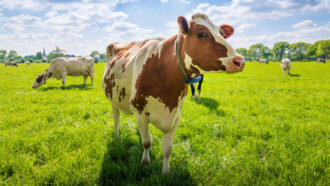
But how useful this is depends on whether cows eat the red algae, a type of seaweed — or it gets added to their wastes after they’re pooped out.
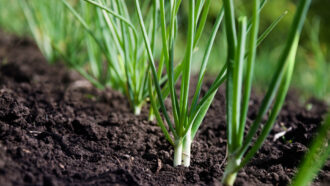
Microplastics in the soil hinder plant growth. But two finalists at Regeneron ISEF found that fungi and farm waste can reduce the harm.
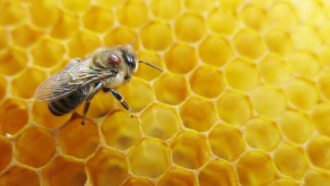
At Regeneron ISEF, three teens debuted an infrared system to detect honeybees carrying mites. It can show beekeepers when a colony needs to be treated.

Six young researchers took home the top awards, each valued at a minimum of $50,000. Hundreds more shared nearly $9 million in prizes at international event.
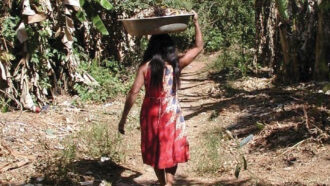
Modern Amazonians make nutrient-rich soil from ash, food scraps and burns. The soil strongly resembles ancient “dark earth” found in the region.

Eating more insects, rather than pork, beef or other kinds of meat, may be better for the planet.
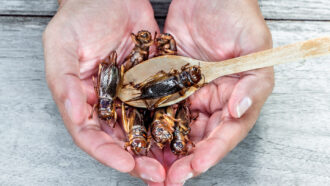
Crickets are great sources of protein, but they often kill each other in captivity. Green light could help solve the problem, two teens find.
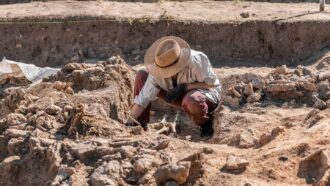
The complex search to identify humans’ most distant cousins is long, complex and far from straightforward. It’s also far from over.
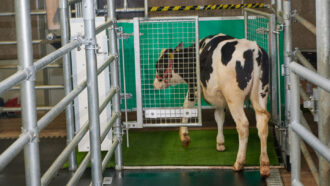
About a dozen calves have been trained to pee in a stall. Toilet training cows on a large scale could cut down on pollution, scientists say.